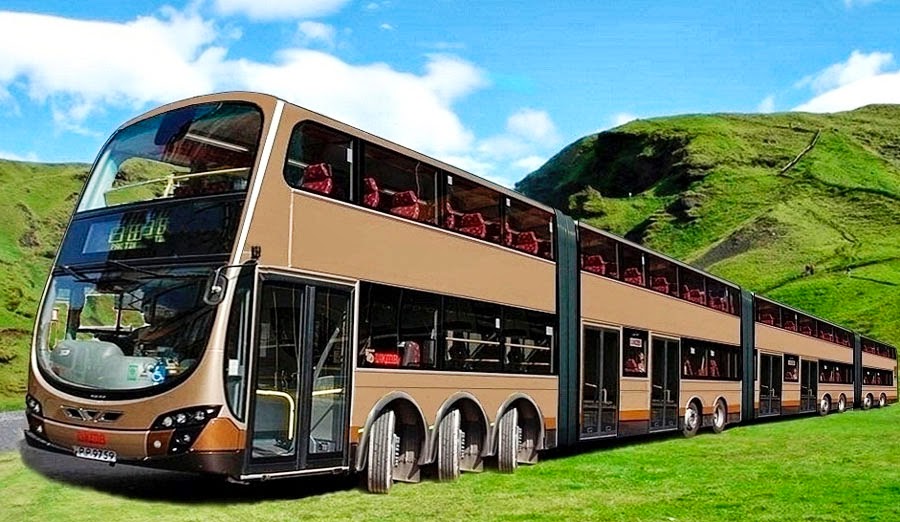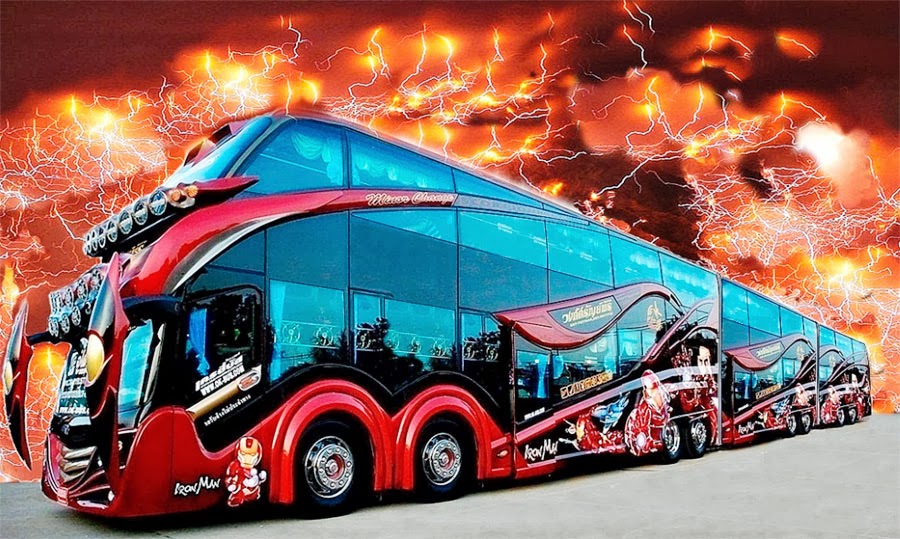Earlscourt_Lad
Active Member
I think you are right about Sasamat but it's due to being close to UBC and is very much a student ghetto for UBC and UBC is the next stop. Only reason it doesn't have a major bus route is because is borders the UBC Endowment Lands, it's a logical exception.
As someone who lived local to that particular stop (10th & Camosun) when the service was introduced, the Sasamat stop had nothing really to do with UBC. There was a bit of concern (Nimby-ism I suppose) about these buses running through the neighbourhood, being disruptive, and not serving the West Point Grey community. Also, given that Sasamat is the centre of the commercial strip on 10th, it's a pretty logical choice despite not having an intersecting bus route.
For those interested in continuing down this rabbit hole, I believe they did contemplate a stop at Blanca. That would almost have intersected with 4, 25, and 9 short turns at Blanca Loop. However it's bit nowhere, being two blocks west of Sasamat and a bit north, with nothing but the golf course and housing around it.
While I'm at it, I'll eat my hat if a Skytrain ever stops at 10th and Sasamat. Over towards 8th maybe, but unless they're going to make that an ultra-low level station, given the grade on 10th, I don't see it.







